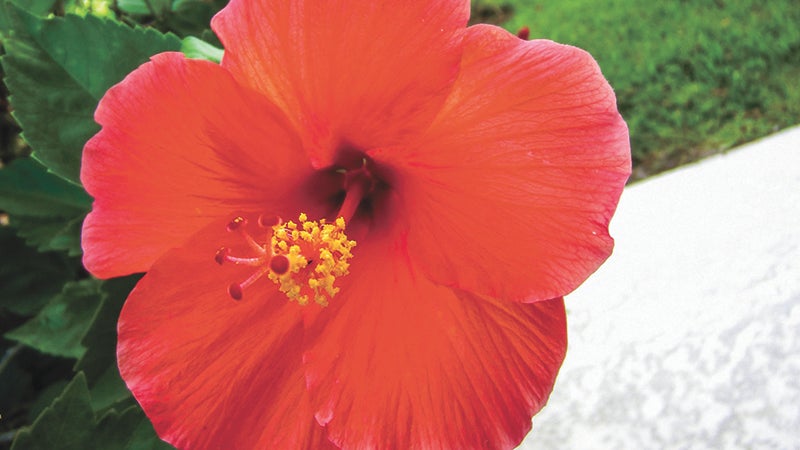Simple seed embodies cycle of life
Published 10:18 am Monday, January 4, 2016
By Tim Schreck
As I am writing this article on a rainy Sunday morning, I look out on my pasture and see it filling up with water. I know it will be flooded for at least three days and then soaking wet for at least another two weeks. It is interesting to think that even with all this water, seeds will sprout in the spring and a whole new process of life begins again. Seeds that fell to the ground two months ago will survive spells of warm, cold, dry and wet, in quick fluctuations of these conditions, for the next five months. With conditions like these, how do enough of the seeds survive to ensure the next generation of plants? How do seeds survive in worse conditions even further north?
Let’s go back a few months ago when the seed was formed. During that process the plant was storing carbohydrates, proteins and lipids inside a protective seed coat. Depending on the type of seed, this coat can be thick or thin and be made of different materials. If the seed coat is too thin, moisture and warmth can trigger the seed to sprout and could be killed by a late frost. If the seed coat is too thick, it may sprout too late missing spring showers needed for young growth, or may not sprout at all. The breakdown of the seed coat is called scarification.
Scarification is usually natural, but humans found other ways of doing it. Long ago humans noticed that seeds that went through certain animal’s digestive system had a high germination rate. Scarification by treating with sulfuric or hydrochloric acid is now commonly used. Care must be taken to weaken the seed coat but not damage the seed embryo using this method. Soaking of okra seeds overnight soften their seed coat. Many bean seeds are very dry and hard and need extended soaking or a slight nick with a knife to increase germination success rates.
Everyone knows the acorns have a semi-hard shell. Acorns from the red and Black oak trees require three to four months of continuous contact with moisture in the ground to soften the seed coat enough to allow the seed to break through and sprout.
When the seed coat has been compromised there must be enough moisture available for the embryo to draw in the water causing the seed to expand and trigger sprouting. In most seeds, there is only enough energy stored in the embryo to sprout and develop the first two leaves. Energy absorbed from the warm ground helps the sprout break through the hard ground. As soon as the leaves break the surface, it can produce energy through sunlight and photosynthesis.
Over millions of years, the ancestors of today’s seeds passed on the traits that helped them survive this delicate dance ensuring enough seeds survive to continue into the next generation.
Learn more about seed germination and other aspects of gardening during the Master Gardener short course Jan. 11-22. For more information go to www.jeffferson.agrilife.org or call the Texas A&M AgriLife Extension Service at 409-835-8461.
You can reach Master Gardener Tim Schreck at timothyrschreck@gmail.com




